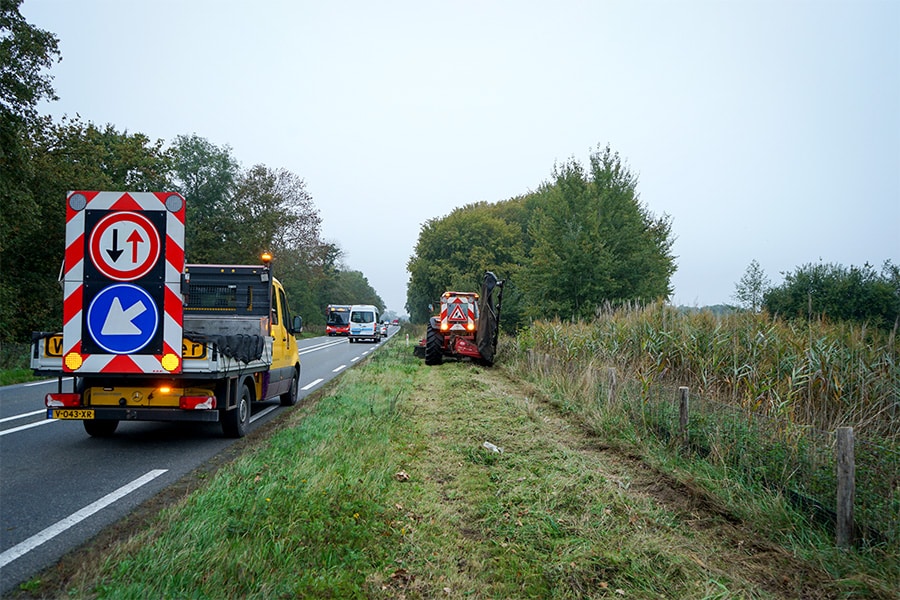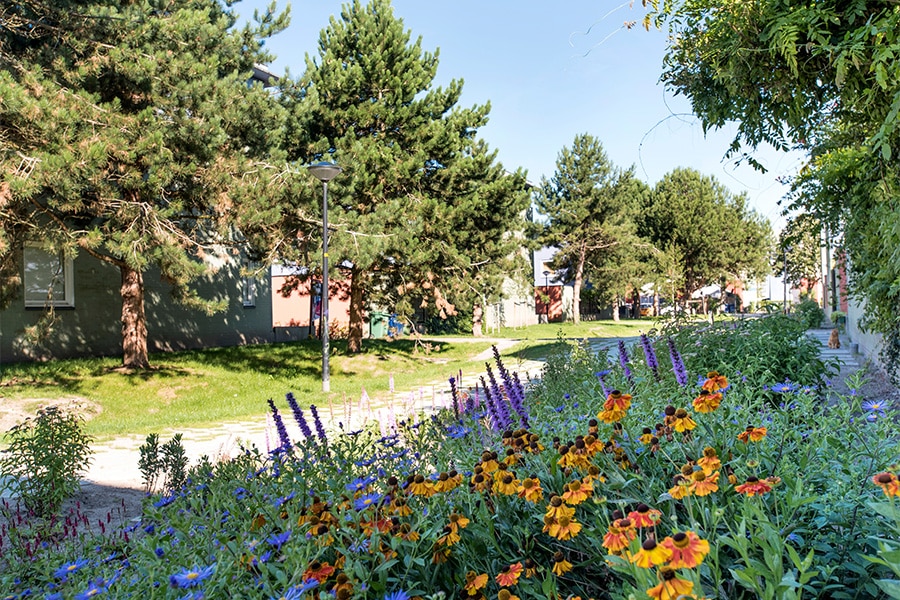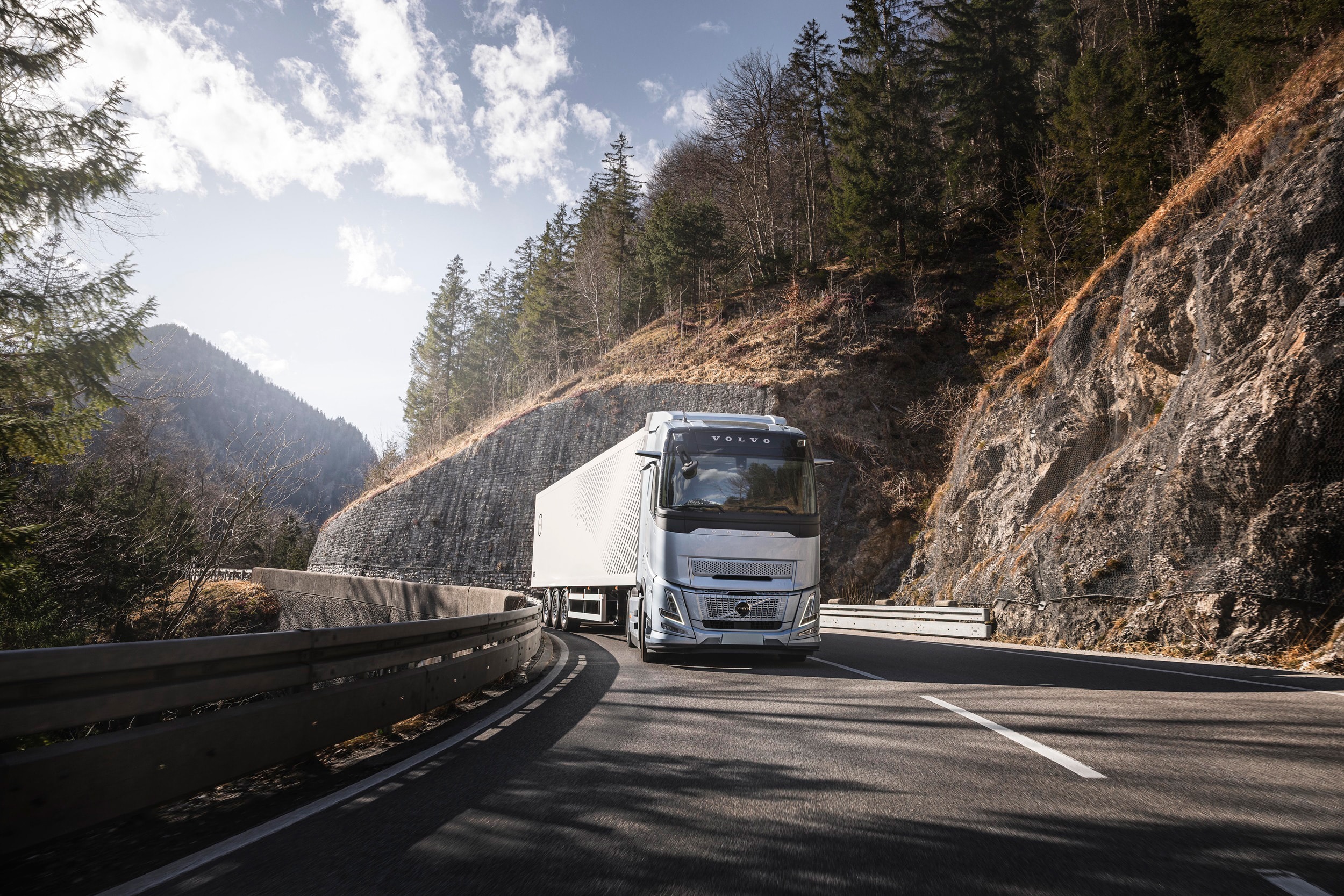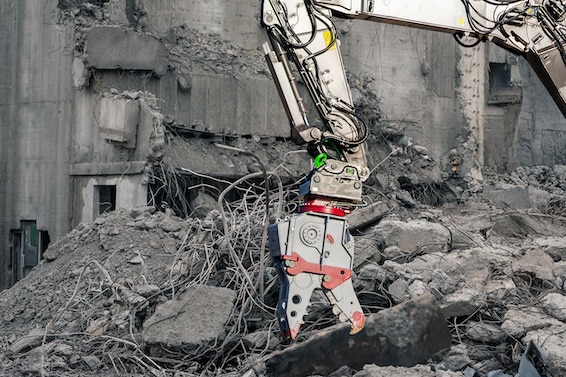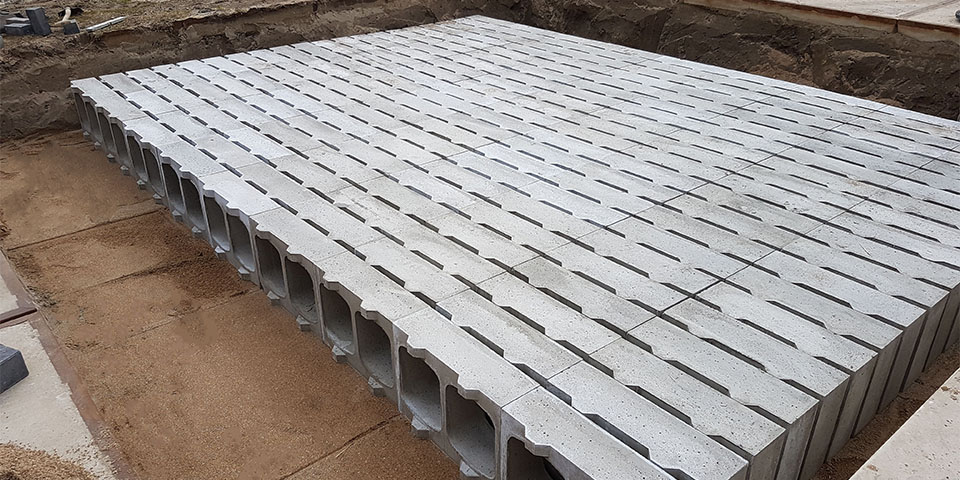
Buffer blocks combat flooding and subsidence in Capelle
In Capelle aan den IJssel, the first Bufferblocks will go into the ground starting next week. The concept responds to the changing climate with more heavy rainfall and longer periods of drought. The municipality also sees the product as an important weapon against subsidence and with Bufferblocks has a worldwide first.
"We are a municipality with weak soil," project manager Dirk van den Heuvel refers to the peaty soil in Capelle. "That's why we were looking for a light embankment material with water-holding capacity." This in the context of the large-scale approach to the Arica in Capelle, where, in addition to raising the street, water management is being addressed.
Here the choice fell on Bufferblocks, which, like subsurface infiltration crates, buffer water, 266 to 532 liters per square meter to be exact. According to Dorian Hill, co-founder of Bufferblock BV, further comparison is not valid: "In addition to their great water storage capacity, the blocks can withstand the heaviest class of traffic. Bufferblocks can therefore also be placed under a busy roadway, allowing you to use the sidewalk for house connections. The concept is also completely modular, allowing you to be very flexible in your design. That made collaboration with grid operators, for example, very pleasant."
Ideal for high groundwater levels
Another big advantage is that Bufferblocks can be placed right under the street. This makes the construction particularly suitable for places with high groundwater levels, exactly what won Van den Heuvel over. "Along the Hollandse IJssel the groundwater is high, so we didn't feel like digging deep. You also lose your buffering effect this way," he explains. It is possible to use permeable pavement, but for maintenance reasons it was decided to use regular gullies.
Inspiration at living lab the WaterStreet
From a European program, STAR2Cs (focused on climate resilience), the municipality was given budget to take a number of climate-adaptive measures. The project leader drew inspiration from his colleagues at the WaterStreet, a living lab in Delft where various climate-adaptive concepts are being tested and further developed. Bufferblocks provide a win-win situation for the Capelle neighborhood, where other concepts were dropped due to high groundwater levels. "In view of increasing peak showers and longer periods of drought, you want to be able to retain water and not drain it directly. It's also nice to be able to prevent the drying out of peat and thus soil subsidence."
Durable and easy to maintain
In addition to concrete being much more durable than plastic in the ground, the material also lasts much longer "Concrete is very robust material and has a lifespan of at least 50 years, which means your street only has to be opened once every 50 years," Dorian Hill explained. "Also, you can easily do inspections with robots used for sewers, after which you can spray clean any contaminated areas."
It does take guts to be the first, thinks responsible Alderman Marc Wilson. "It's nice to have a world first and to be a trendsetter. Amsterdam, The Hague and Rotterdam all want to come and see what we are doing here."
